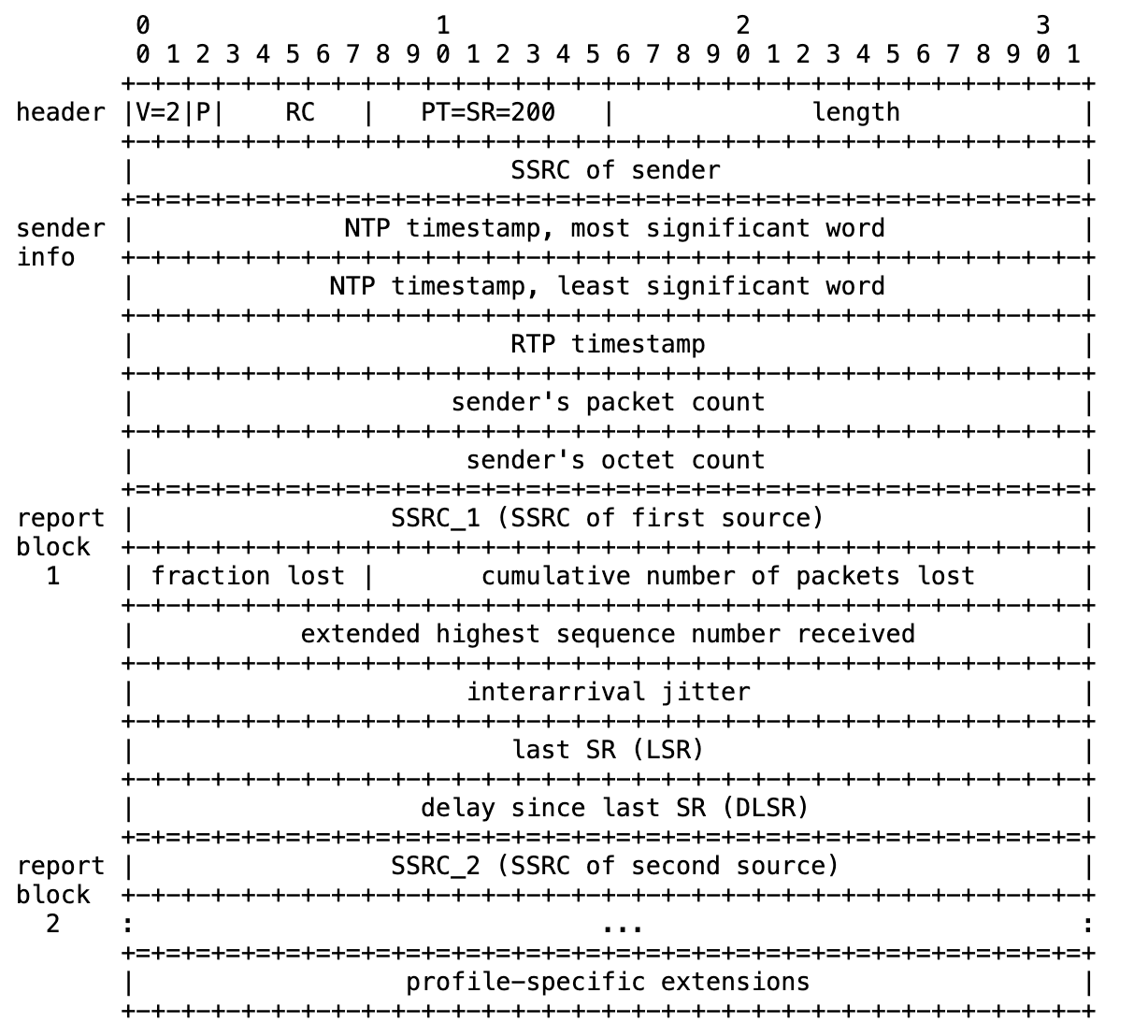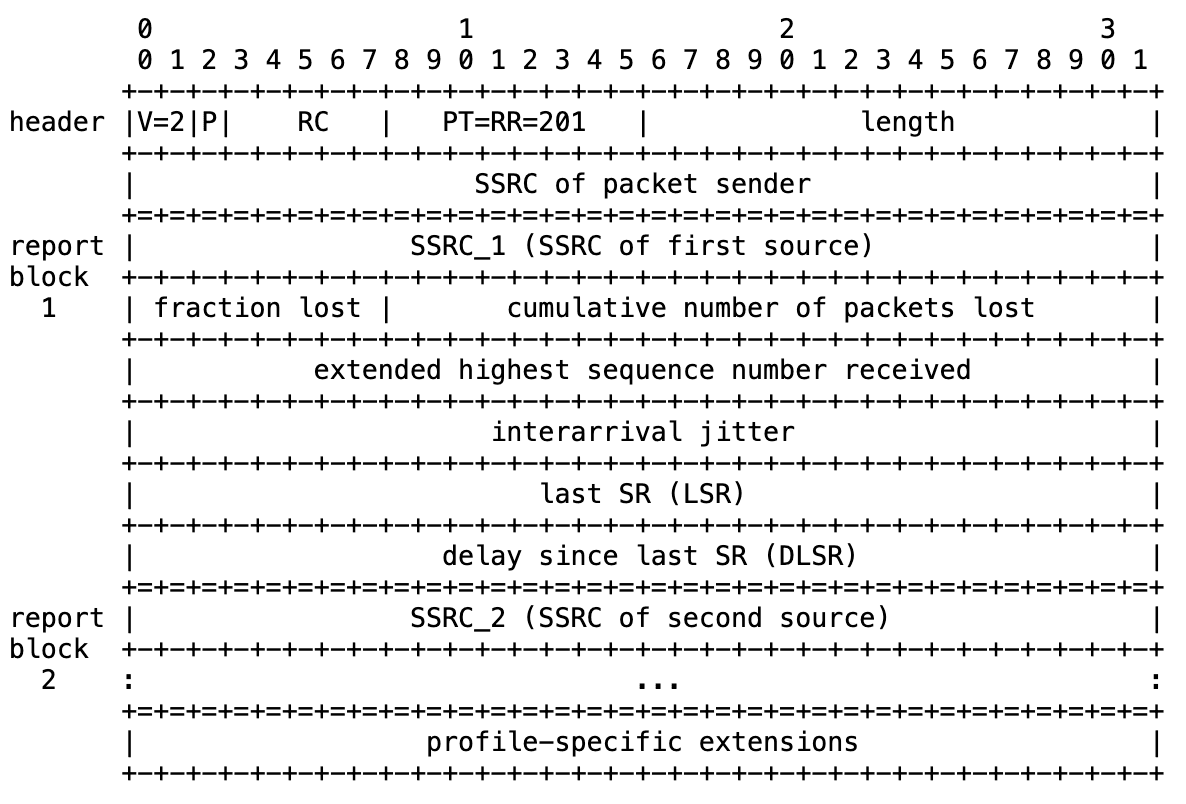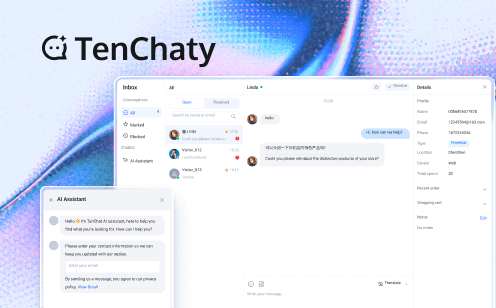Real-time Transport Control Protocol (RTCP) serves as an essential companion protocol to the Real-time Transport Protocol (RTP), primarily designed for real-time multimedia applications such as VoIP and video conferencing. While RTP handles the actual transmission of media data, RTCP provides crucial control and monitoring capabilities that ensure the quality and reliability of real-time communications.
RTCP's primary purpose is to transmit session control information and statistical data, enabling applications to monitor and maintain quality standards throughout the communication session. It provides vital metrics such as packet counts, loss rates, jitter measurements, and delay statistics, which applications use to assess and optimize their performance.
Core Functions of RTCP
The functionality of RTCP extends far beyond simple monitoring, encompassing several critical aspects of real-time communication. At its heart, RTCP serves as the quality assurance mechanism for RTP sessions, providing continuous feedback and control capabilities.
One of RTCP's fundamental functions is the transmission of statistical information about the RTP session. This data proves invaluable for monitoring and controlling the quality of multimedia applications. Applications can leverage this statistical information to make real-time adjustments to their transmission strategies, such as modifying data rates or optimizing stream parameters based on current network conditions.
Session control information transmission represents another crucial function of RTCP. The protocol manages essential session parameters, including start and end times, participant lists, and conference control commands. This management capability ensures smooth operation of RTP sessions and enables effective coordination among participants.
RTCP implements a sophisticated feedback mechanism that enables receivers to communicate with senders about transmission quality. This two-way communication channel allows for dynamic adjustments based on actual reception conditions, leading to improved transmission quality and enhanced user experience.
Through its user source determination feature, RTCP assigns each RTP user a globally unique canonical name (CNAME). This identifier remains constant even when the SSRC identifier changes due to conflicts or program restarts, enabling reliable participant tracking throughout the session.
RTCP Information Packets
RTCP is transmitted based on the UDP protocol and has a format similar to that of RTP packets. RTCP utilizes several distinct packet types to fulfill its various functions. Each packet type serves a specific purpose in the overall control and monitoring framework.
Depending on the information carried, RTCP information packets can be divided into SR (Sender Report), RR (Receiver Report), SDES (Source Description), BYE (Goodbye), and APP (Application-defined).
| Type | Description | Usage |
| 200 | SR(Sender Report) | Sender Report |
| 201 | RR(Receiver Report) | Receiver Report |
| 202 | SDES(Source Description Items) | Source Description |
| 203 | BYE(Goodbye) | End of Transmission |
| 204 | APP(Application Defined) | Application-Specific Information Packet |
SR (Sender Report)
SR (Sender Report) play a vital role in transmitting statistical information from active senders to all session participants. These reports contain crucial metrics about transmission performance, including packet counts, byte counts, and timing information. SRs help receivers understand the sender's perspective and maintain synchronization.
Its message format is as follows:

It includes:
- Version (V): 2 bits, indicating the RTCP version, with the current version being 2.
- Padding (P): 1 bit, if set to 1, one or more 0 bytes are padded at the end of the message to ensure that the message size is a multiple of 32 bits.
- Report Count (RC): 5 bits, indicating the number of report blocks contained in the message.
- Packet Type (PT): 8 bits, indicating the type of message, for SR messages, this value is 200.
- Length: 16 bits, indicating the length of the message in units of 32 bits, excluding the 4-byte header.
- SSRC of sender: 32 bits, indicating the Synchronization Source Identifier (SSRC) of the sender.
- NTP timestamp: 64 bits, indicating the absolute time when the sender's report was generated, using the Network Time Protocol (NTP) format.
- RTP timestamp: 32 bits, indicating the RTP timestamp corresponding to the NTP timestamp.
- Packet count: 32 bits, indicating the total number of data packets sent since the start of the session.
- Octet count: 32 bits, indicating the total number of bytes sent since the start of the session.
RR (Receiver Report)
RR (Receiver Report) complement SRs by providing feedback from receivers to senders. These reports include essential statistics about reception quality, such as packet loss rates, jitter measurements, and timing information. This feedback enables senders to adjust their transmission parameters for optimal performance.
Its message format is as follows:

Most of the fields in its message are the same as those in SR. However, it should be noted that the "sender information" part in the RR message does not exist because the RR message does not contain this information.
SDES (Source Description Items)
Source Description (SDES) packets carry participant information through various items like CNAME, NAME, EMAIL, and PHONE. The CNAME item, in particular, provides a persistent identifier for each participant, crucial for maintaining session continuity even when technical identifiers change.
Its message format is as follows:
It includes:
- Version (V): 2 bits, indicating the version of the RTCP protocol, currently 2.
- Padding (P): 1 bit, if this bit is 1, then the SDES message is followed by an additional byte of padding.
- SDES Packet Count (SC): 5 bits, indicating the number of SDES items contained in the SDES message.
- Packet Type (PT): 8 bits, for SDES messages, the PT value is 202.
- Length: 16 bits, representing the length of the entire SDES message (including the fixed header and all SDES items), measured in 32-bit words, excluding any additional padding bytes.
Each SDES item contains an SDES type and corresponding data, including:
- 8-bit SDES Type: Used to identify the type of SDES item, such as CNAME, NAME, EMAIL, etc.
- 8-bit Length (L): Indicates the length of the subsequent SDES data, excluding the length field itself and the variable-length SDES data, usually defined according to the content of the SDES type and length fields.
BYE (Goodbye)
BYE packets serve a straightforward but essential purpose: they signal when a participant leaves the session. These packets can include a reason for departure and help maintain accurate session participant lists.
Its message format is as follows:
It contains:
- Version (V): 2 bits, indicating the version of the RTCP protocol, currently 2.
- Padding (P): 1 bit, if this bit is set to 1, then padding bytes are added at the end of the packet so that the total length of the packet is a multiple of 32 bits.
- Report Count (RC): 5 bits, indicating the number of report blocks in the packet. For BYE packets, this is typically 0 as they do not contain report blocks.
- Packet Type (PT): 8 bits, for BYE packets, this value is 203.
- Length: 16 bits, indicating the length of the packet in 32-bit words minus 1 (since the header is 32 bits), excluding any padding.
- SSRC: 32 bits, indicating the synchronization source identifier of the sender.
- Reason for Leaving: A text field that can be used to describe the reason for leaving the session. This field is optional and can be up to 255 bytes long.
The BYE packet may also include multiple SSRC identifiers if multiple sources are leaving the session simultaneously. Each SSRC is a 32-bit identifier.
APP (Application Defined)
APP (Application Defined) packets provide flexibility for experimental features and custom applications. While not standardized, these packets allow for innovation and extension of RTCP's capabilities to meet specific application needs.
Its message format is as follows:
It contains:
- Version (V): 2 bits, indicating the version of the RTCP protocol, currently 2.
- Padding (P): 1 bit, if this bit is 1, then the APP message is followed by an additional byte of padding.
- Application-Defined Data Count (APC): 5 bits, reserved and unused, should be set to 0.
- Packet Type (PT): 8 bits, for APP messages, the PT value is 204.
- Length: 16 bits, representing the length of the entire APP message (including the fixed header and application-specific data), measured in 32-bit words, excluding any additional padding bytes.
Applications and Impact of RTCP
RTCP (Real-Time Control Protocol) is utilized across various domains of real-time communication. In video conferencing systems, RTCP enables quality monitoring and adaptive streaming, ensuring participants receive the best possible experience based on their network conditions. Similarly, Voice over Internet Protocol (VoIP) applications depend on RTCP to maintain call quality and manage session parameters, making it an essential component of modern telecommunications infrastructure.
The protocol's quality monitoring capabilities are particularly valuable in professional broadcasting and streaming services. By providing detailed performance metrics, RTCP helps operators maintain high-quality streams and promptly address any issues that arise. This real-time monitoring and adjustment capability has become increasingly critical as streaming services dominate the media consumption landscape.
In educational and corporate environments, RTCP's session management features facilitate the smooth operation of virtual classrooms and remote meetings. The protocol's participant tracking and quality monitoring ensure effective communication, even amid varying network conditions. This has become especially relevant in the post-pandemic era, where remote learning and hybrid work environments have become the norm.
The gaming industry has also embraced RTCP for its ability to maintain consistent quality in online multiplayer experiences. Game streaming platforms utilize RTCP's feedback mechanisms to adjust video quality and latency in real-time, ensuring smooth gameplay even under challenging network conditions. The protocol's capacity to handle multiple simultaneous streams makes it particularly valuable for complex gaming scenarios.
In the emerging field of telemedicine, RTCP plays a crucial role in maintaining the quality and reliability of remote medical consultations. The protocol's precise timing and synchronization capabilities ensure that medical professionals can conduct accurate assessments and procedures remotely, while its quality monitoring features help uphold the high standards required for medical applications.
Conclusion
RTCP is a fundamental protocol in modern real-time communications, providing essential control and monitoring capabilities that enhance RTP's media transmission functions. It features various packet types, including Sender Reports, Receiver Reports, and Source Description packets, which are crucial for quality monitoring, session management, and participant tracking. RTCP is used in numerous applications, such as video conferencing, VoIP, professional broadcasting, and telemedicine, showcasing its versatility and significance in today's digital landscape.
As we advance towards more sophisticated communication technologies, including AR/VR applications and 5G networks, RTCP continues to evolve. It adapts to new challenges while retaining its essential role in ensuring reliable, high-quality real-time communications. The protocol’s capacity to provide detailed performance metrics, facilitate dynamic adjustments, and support emerging technologies makes it an indispensable part of the future of multimedia communications.
Ready to put your RTCP knowledge into practice? Tencent Real-Time Communication (TRTC) offers a robust, enterprise-grade solution that leverages advanced RTCP implementations to deliver ultra-low latency audio and video communications. With superior quality monitoring, seamless scalability, and comprehensive SDK support, TRTC helps you build reliable real-time applications with ease. Start your journey today with 10,000 free minutes and experience the difference that professional-grade real-time communication can make for your applications.
FAQs
Q1: What is the main difference between RTP and RTCP?
A: While RTP handles the actual media data transmission, RTCP provides monitoring, quality control, and session management functions.
Q2: How often are RTCP packets sent?
A: RTCP packets typically consume about 5% of the total session bandwidth and are sent periodically, usually every few seconds.
Q3: Can RTCP work without RTP?
A: No, RTCP is designed to work alongside RTP and cannot function independently as it provides control and monitoring for RTP sessions.
Q4: What types of data does RTCP monitor?
A: RTCP monitors packet loss, jitter, round-trip delay time, and other QoS metrics essential for real-time communications.
Q5: Do all video conferencing applications use RTCP?
A: Most modern video conferencing solutions use RTCP or similar protocols, as it's the standard for monitoring and maintaining real-time communication quality.


